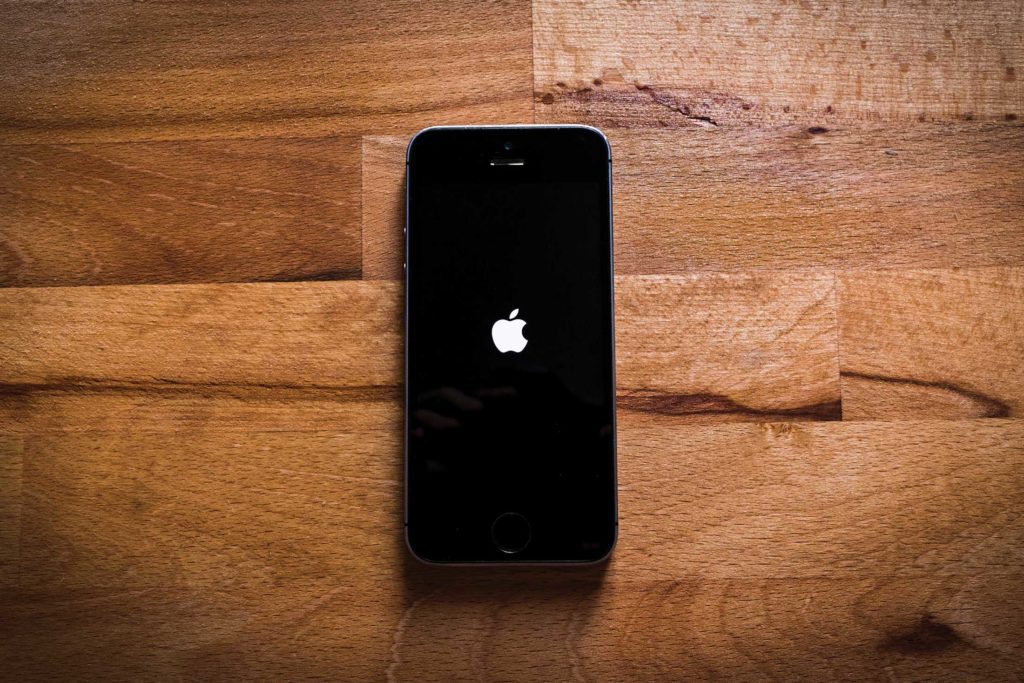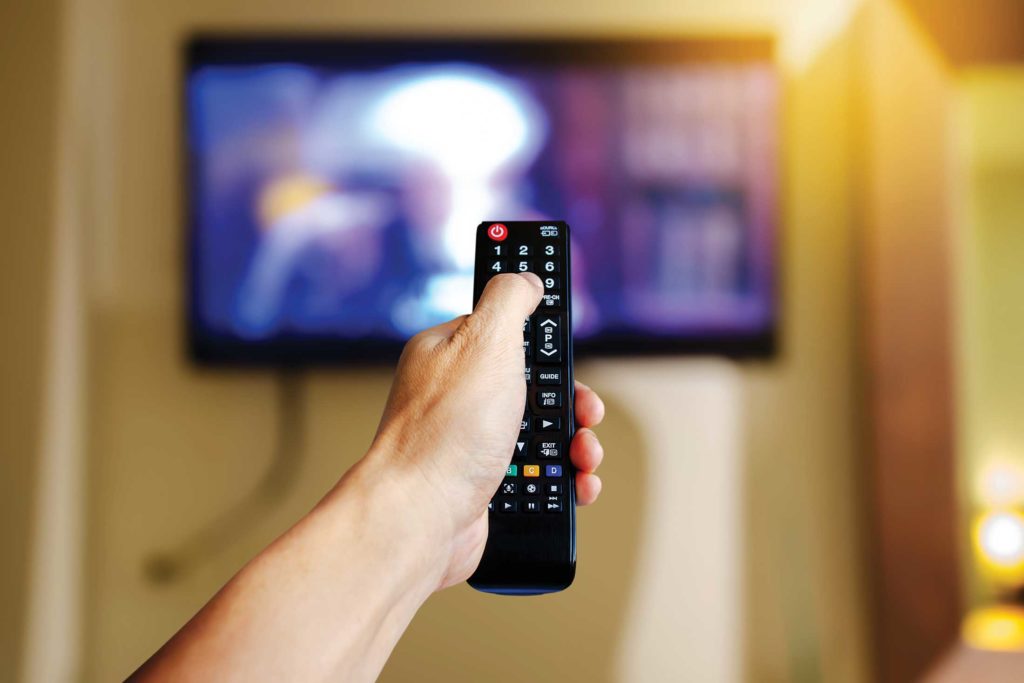Quibi – which stands for quick bites – is a mobile-only streaming service featuring traditional serial themes (comedy, drama, reality, etc.) in a non-traditional format (7-10 minute episodes). As the name suggests, it’s designed to be digested quickly and easily. Each episode can be something viewers do while on the way to something else they’re going to do. And although other streaming services currently offer mobile, app-based options, they don’t really lend themselves to mobility. Consumers traditionally need to sit somewhere stationary to take in a 30-50 minute episode. Quibi deviates from that norm.
How Does its Content Stack Up?
It will come in both an ad-heavy ($4.99 per month) and ad-free ($7.99 per month) format. According to co-founder and former eBay CEO Meg Whitman, the service will have over 7,000(!) titles within its platform upon launch, t-minus eight months from now.
Hollywood heavyweights like Sam Raimi, Lorne Michaels, Idris Elba, Steven Spielberg and Jennifer Lopez, have all signed on to create content designed with originality in mind. They also have the brains behind the brawn – stealing top execs from other savvy companies such as Google, Netflix, NBCUniversal, DC Entertainment and more, lining up what looks to be an incredibly alluring service.
Quibi’s content duration – as noted – goes against everything studios and streaming services have taught consumers to believe. Back in the days when linear TV was king, programming was twenty, or so, minutes of content with 8-10 minutes of commercials sprinkled in. In the streaming era, despite wavering attention spans, producers have asked for even more engagement. The content of each episode now covers at least 25 minutes – often dragging on towards the hour mark, with no commercial breaks. The trade-off has always been the ability to come and go as you please. Viewers can watch whenever they want, but they still have to take in the entirety of an episode to get the desired payoff. Quibi is designed for viewers who don’t want to wait that long.
Is the Market Saturated?
Is a single point of differentiation enough to succeed in an already crowded streaming market? If Quibi’s only selling point ends up being the brevity of each episode – probably not. HBOGO, Netflix, Amazon Prime, Disney+, YouTube TV, Hulu; they all have their own calling cards. One has access to world-class original series, a couple offer access to everyone’s favorite syndicated shows, one owns the entire Marvel Cinematic Universe. They’re all very different, but all have one commonality: access to content consumers can’t live without.
How does a new entrant propel itself into that can’t live without category? Not only by providing a new format, but by providing content that excels within that format. Needless to say, Quibi won’t have a leg to stand on if it’s content can’t go toe-to-toe with its larger, more seasoned competitors.
Will Anyone Buy the Ad-Heavy Option?
With the ad-free format coming in a mere $3 more per month than the ad-heavy version, will anyone not go for the ad-free version? Where does this leave Quibi’s media-based offering? There are streaming services that have exceled with ads (Hulu). There are streaming services that have exceled without ads (Netflix). Media buyers are always looking for new formats in the streaming ecosystem. Quibi could be just that. The question is whether there will be enough of an audience for media buyers to target, seeing as most will pay the extra $3 per month to eliminate advertisements.
What Will the Ads Look Like?
Unique content calls for unique advertisers. Not every brand will align with Quibi’s offering, but most brands will want to tap into Quibi’s target audience.
Brands have a knack for tailoring their messaging to meet new and engaging platforms. Quibi will be no different. The ads themselves will be something to behold, since they’ll have to be on par with Quibi’s off-the-wall content. And this goes without even contemplating the length of these potential ads. A video ad spliced within – or as a bookend to – a 7-10 minute episode would likely be provided an extremely small window to get its message across. The idea of packing a truly engrossing ad into a six-second (or somehow shorter) ad placement would be quite the undertaking.
What to Expect Next April
With its turn-on-a-dime format and super-charged content, Quibi looks primed to – at the very least – tempt audiences. But to gain true share, it will have to define itself as the non-couch-bound streaming service. Viewers aren’t settling in for a nice, quiet evening at home when they click play on one of Quibi’s thousands of titles. Seeing as it’s built for speed, it has the potential to become consumers’ main on-the-go streaming option. Only time will tell though.







